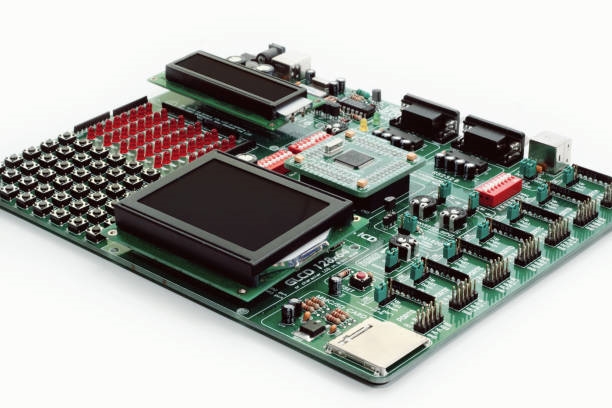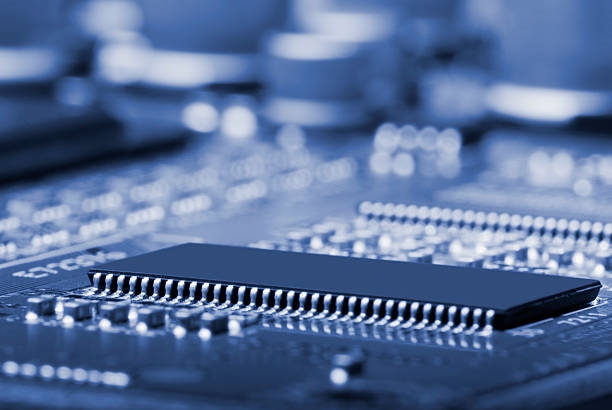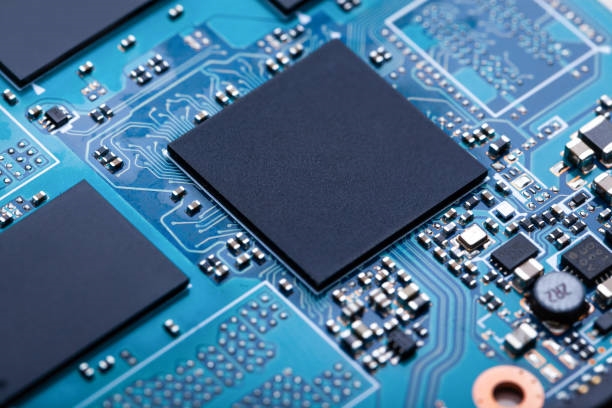Troubleshooting UART Receive Interrupt Failures
If the UART receive interrupt on an STM32 microcontroller is not triggering, there could be several potential reasons:
- UART receive interrupt not enabled: During UART initialization, the receive interrupt may not have been correctly enabled. Ensure that the appropriate control register bits are set in your initialization code to enable the UART receive interrupt, for example, by using the
USART_ITConfig()function or by directly setting the register bits. - Incorrect interrupt priority configuration: If other interrupts have a higher priority, they might prevent the UART receive interrupt from being serviced. Verify that interrupt priorities are configured correctly and that the UART receive interrupt has a suitable priority level relative to other active interrupts.
- Receive buffer overflow: A receive buffer overflow can prevent new receive interrupts from triggering. Make sure to read the data from the receive data register promptly within the interrupt service routine (ISR) to avoid this condition.
- Hardware connection error: Check that the UART receive pin is connected correctly. Also, verify that the signal levels and communication protocol settings match the connected device.
- Incorrect UART configuration: Double-check all UART configuration parameters, including baud rate, data bits, stop bits, and parity. These settings must be identical on both the transmitting and receiving devices.
- Incorrect interrupt priority grouping: If you are using preemption and sub-priorities, ensure that the interrupt priority grouping is configured correctly for your application's needs.
- Incorrect system clock configuration: An improperly configured system clock can lead to abnormal UART communication. Ensure the system clock provides the correct frequency for the UART peripheral.
In summary, if the STM32 UART receive interrupt fails to trigger, systematically check the potential causes listed above. Using a tool like a serial port monitor can help verify if the UART communication is functioning correctly. If the problem persists, consult the official STM32 reference manuals.
How STM32 UART Receive Interrupts Trigger
The triggering mechanism for UART receive interrupts in STM32 microcontrollers is as follows:
- Enable the UART Receive Interrupt: During initialization, the appropriate control registers must be configured to enable the UART receive interrupt. This is typically done by setting a specific flag or bit in a control register.
- Wait for the Interrupt Trigger: When the UART hardware receives a character, it stores the data in the receive data register and sets a corresponding interrupt flag (e.g., the RXNE - Read Data Register Not Empty flag). If the receive interrupt is enabled, this flag will trigger an interrupt request.
- Execute the Interrupt Service Routine (ISR): Once the interrupt is triggered, program control transfers to the pre-configured UART ISR. Inside this routine, you can perform the necessary processing, such as reading the data and acting upon it.
A typical example of a UART receive ISR is shown below:
void USARTx_IRQHandler(void)
{
// Check if the RXNE interrupt flag is set
if (USART_GetITStatus(USARTx, USART_IT_RXNE) != RESET)
{
// Read the received data from the buffer
uint8_t received_data = USART_ReceiveData(USARTx);
// Process the received data
// ...
}
}
In this example, the code first checks the interrupt flag to confirm that new data has been received. It then reads the data from the receive buffer using the
USART_ReceiveData() function. After reading the data, you can implement custom logic to handle it.
Note that this is a simplified example. In a real application, you must also enable the corresponding interrupt in the Nested Vectored Interrupt Controller (NVIC) and ensure the ISR is correctly linked in the vector table. It is also crucial to clear the interrupt flag (which is often done automatically by reading the data register) to prevent the ISR from being re-triggered continuously.
The General Interrupt Process
- The interrupt source issues a request.
- The processor saves the current context (e.g., registers) to the stack.
- The processor executes the corresponding Interrupt Service Routine (ISR).
- The ISR completes, and the processor executes an interrupt return instruction.
- The processor restores the original context from the stack and resumes execution.
Interrupts in the STM32F4 Series
NVIC (Nested Vectored Interrupt Controller)
The NVIC is a standard ARM Cortex-M core peripheral that manages all interrupt-related functions on the chip. It is tightly coupled with the processor core. On STM32 devices, any I/O pin can be configured as an external interrupt input. For example, the STM32F407's interrupt controller supports numerous external interrupt/event requests, each with its own status bit, trigger selection, and mask settings.
EXTI (External Interrupt/Event Controller)
On the STM32F4, any I/O pin can serve as an external interrupt input via the EXTI controller. The STM32F4's EXTI controller supports 23 external interrupt/event request lines with edge detectors. Each input line can be individually configured to select its type (interrupt or event) and its trigger condition (rising edge, falling edge, or both). Each line can also be individually masked. A pending register is used to maintain the status of interrupt requests.
 ALLPCB
ALLPCB







